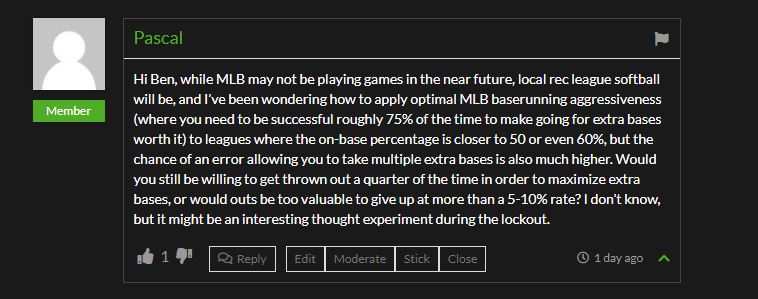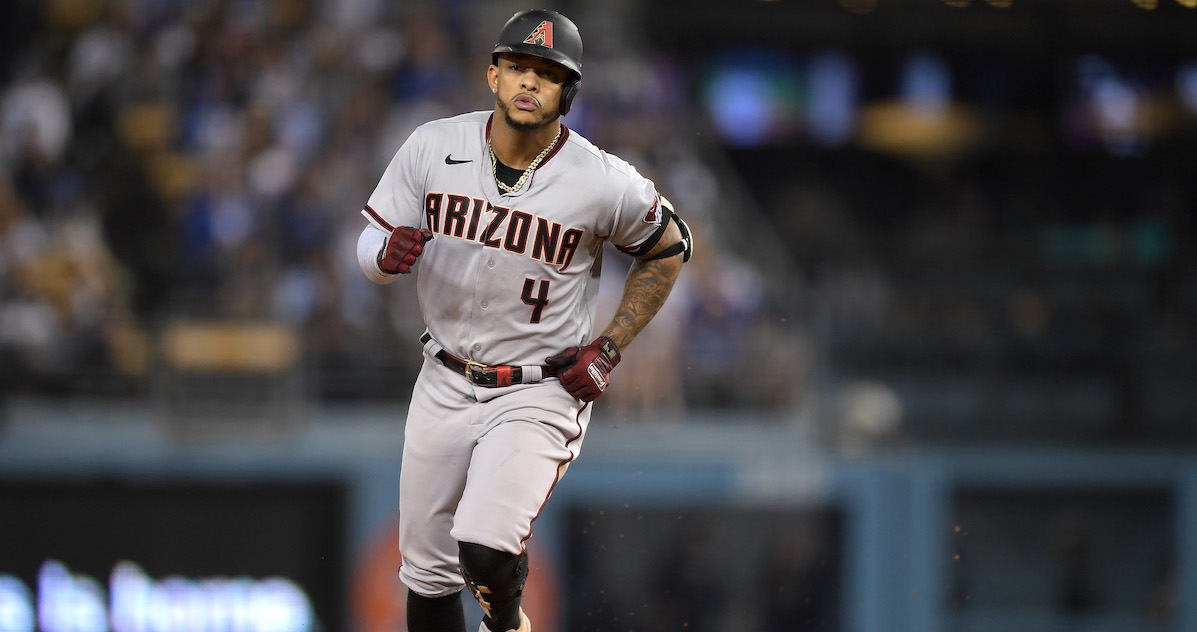Tony Kemp Made an Adjustment. Can Pitchers Counter?

On a per-plate-appearance basis, you can probably guess the top five second basemen from last season. Trea Turner leads the pack, at least if you count him as a second baseman. Marcus Semien is close behind. Brandon Lowe, Jose Altuve, and Jake Cronenworth round out the group, and it’s not a surprise to see any of them at the top of a list of excellent players. Number six might surprise you: it’s Tony Kemp, who quietly put together a star-level season in his second year in Oakland.
As Jay Jaffe noted last year, Kemp isn’t doing it with barrels. He didn’t end the year in the zero-barrel club, but it was a near thing; he managed all of three. He didn’t quite finish last in barrels per batted ball, but the company he kept on that list — he’s wedged between Nick Madrigal and Adam Frazier, with Tim Locastro and Nicky Lopez in close proximity — isn’t one known for its power. That’s hardly a surprise given Kemp’s short stature (he’s listed at 5’6” and 160 pounds), but the lack of power didn’t stop him from compiling a juicy 127 wRC+, third-best on a solid Oakland offense.
How did Kemp do it? Without putting the ball in play, mainly. His 13.1% walk rate was 20th among batters with 300 or more plate appearances, and no one who walked more than he did struck out less frequently than his 12.8% mark (Juan Soto was close at 14.2%, but he might be a robot sent from the future to break baseball, so that’s good company to keep). Read the rest of this entry »








